In America, terroir is a term typically reserved for descriptions of wine, cheese and other European luxuries. Yet beyond its exotic or pretentious air, terroir is just a word for “taste of place”—the linguistic godfather of slow food, locavorism, and farm-to-table cuisine.
Terroir’s etymological roots literally hail from the earth (“la terre” in French), implying that soil is somehow involved in the flavor-making process. In the case of plants, this connection is obvious; with animals and their by-products, it suggests a second-degree grazing on local herbs, fruits, nuts or grasses. With time and the official codification of regional food products, the notion of terroir has also expanded to include the influence of human savoir-faire (literally, “know how”), developed over centuries of producing such gourmet goods. Today, in France and Italy, strict regulations protect these artisans through rigorous labeling of such goods as champagne, camembert, olive oil and Parma ham.
In the early 1900s, when the Michelin Guide organization was most interested in selling tires, their motto was “les restaurants qui vaut le detour.” Literally meaning “the restaurants worth a detour,” the guide’s business idea was to prompt car owners to drive further and longer than ever before in the pursuit of gastronomic tourism. This concept sprouted directly from the strong sense of terroir in France, where it would have been arguably worthwhile to explore all the culinary idiosyncrasies of each region and the famous local chefs therein.
Yet in today’s world, we are no longer required to travel to the source in search of this “taste of place.” Cooks who prefer the rich flavors of Bresse chicken, parmigiano cheese or Carolina golden rice can now have those products shipped anywhere in the world. In fact, the original intention of terroir seems to have been tipped on its head, as the very notion of these delicacies’ superiority and specificity has bred an increased consumption and exportation of these products—separate from any sense of seasonality, biodiversity, sustainability, or other locavore virtues.
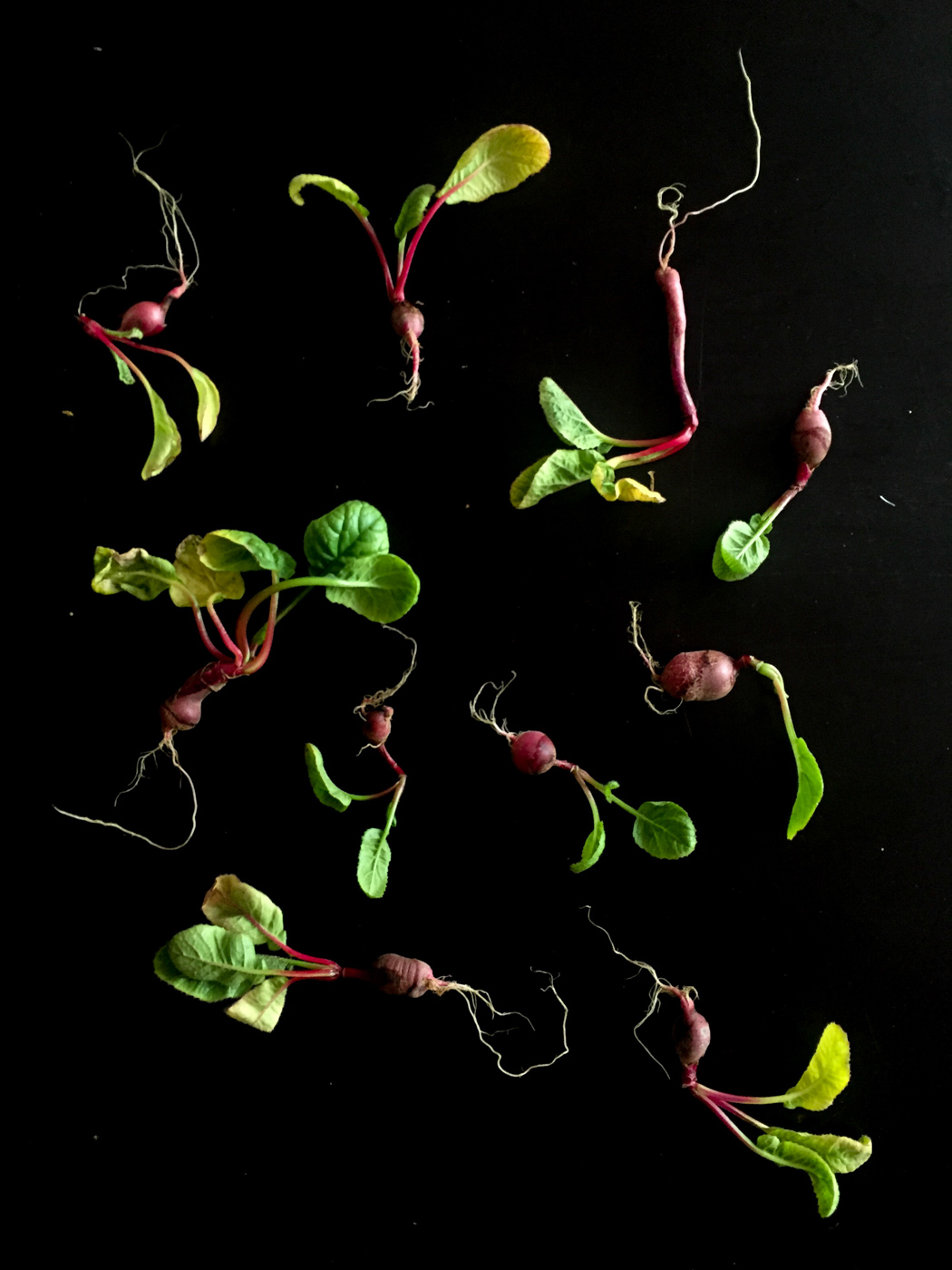
Further challenging our sense of regional specificity is the curiosity and creative appetites of chefs themselves. Before, great chefs would have traveled the world to learn techniques, then return to their regions to become master chefs; alternatively, they might bring the knowledge of their home region to another country where it might flourish and take root. Yet today, our chefs are as unrooted as our ingredients, often cooking dishes they never tasted until adulthood. It is, of course, a strategic risk for any chef to try and authentically represent the foods of another culture, but such success stories are only becoming more common, whether Daniel Rose and James Henry in Paris, Rick Bayless in Chicago, or Andy Ricker and Alex Stupak in New York.
Still more perplexing is the evolution of agricultural methods such as hydroponic or aquaponic farming. Urban rooftop gardens may still interact with the local bacteria and insects of their environments, but indoor farming methods completely separate agriculture from geography, creating an ecosystem entirely segregated from any tradition of terroir. Other projected technologies, such as lab-grown meats, will further disrupt our sense of what local food means and the importance of soil in the development of flavor.
Yet while this gap between where food is grown and where the people who consume it live continues to grow, we have also seen a growth in a truly local farm-to-table movement. Chefs like Sean Brock, Vivien Howard, Massimo Bottura, and Marcus Nilsson have helped popularize a return to regional recipes, cooperative groceries, seasonal awareness, and the support of local farmers. Terroir and tradition is the absolute basis of their work, whether they stick to a classic interpretation or develop some contemporary or abstracted preparation.
In a sense, the definition of terroir and its purpose is now entirely open to interpretation. Aside from any moral or political questions one might pose about the state of what we eat, the sheer meaning and intention of the word has been stretched and adapted. Does a “produit de terroir” (product of terroir) still retain the full flavor of its origins when it is shipped halfway around the world? Is parmigiano from Parma truly better than a similar product crafted just a few miles away? And do we still feel that we are experiencing local cuisine when the ingredients come from a warehouse or a petri dish, rather than a field?
Among the individuals facing these questions head-on are international chef-restaurateurs who have spread their native cuisines across the world. Whether Morimoto or Daniel Boulud, Enrique Olvera or Nobu Matsuhisa, these celebrated chefs must all face the question of how best to evoke the traditions of what were once strictly regional cuisines through their choice of techniques, ingredients and overall presentation. On the other hand, they must face the financial and ecological realities of importing world-renowned products, versus creating an interpretation of French, Mexican or Asian cuisines that is specific to the ingredients immediately available near their restaurants.
Some chefs, like Rene Redzepi and his team, have taken on the challenge of working exclusively with local products,while traveling for such projects as NOMA Mexico. On the other hand, some chefs focused on evolving local production, like Dan Barber at Blue Hill, have begun working with plant breeders to create specialized and biodiverse seeds they can grow next door to their restaurants. Yet while these products come from the soil next door, they may not have a longstanding heritage in the region, divorcing them from the savoir faire side of terroir.
Additionally, we see cases where it is not the product, but the savoir faire that has traveled, as in the case of “Surryano” ham—a Virginia product modeled after the famed Spanish Serrano. In Wisconsin, one can also now source Grand Cru Surchoix, a Gruyère-style cheese whose complex flavor profile has persuaded many fans. This goes beyond individual products, evolving into movements like “new world” winemaking or the explosion of artisanal bakeries in the U.S. Yet both of these examples have become so ingrained in our culture that we take for granted the training in European traditions that necessarily preceded these locavore efforts.
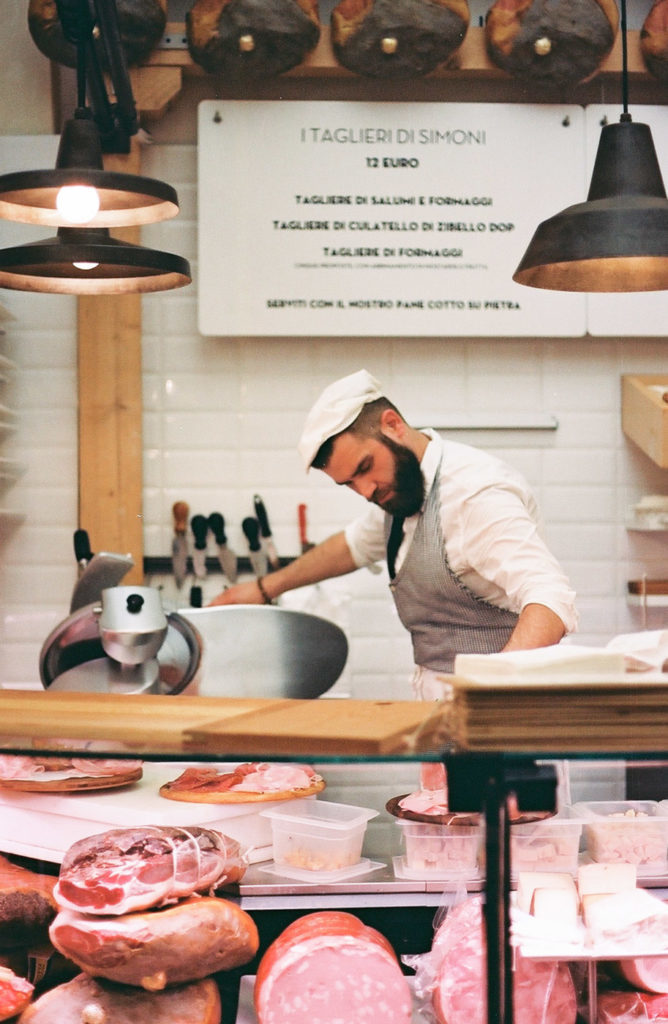
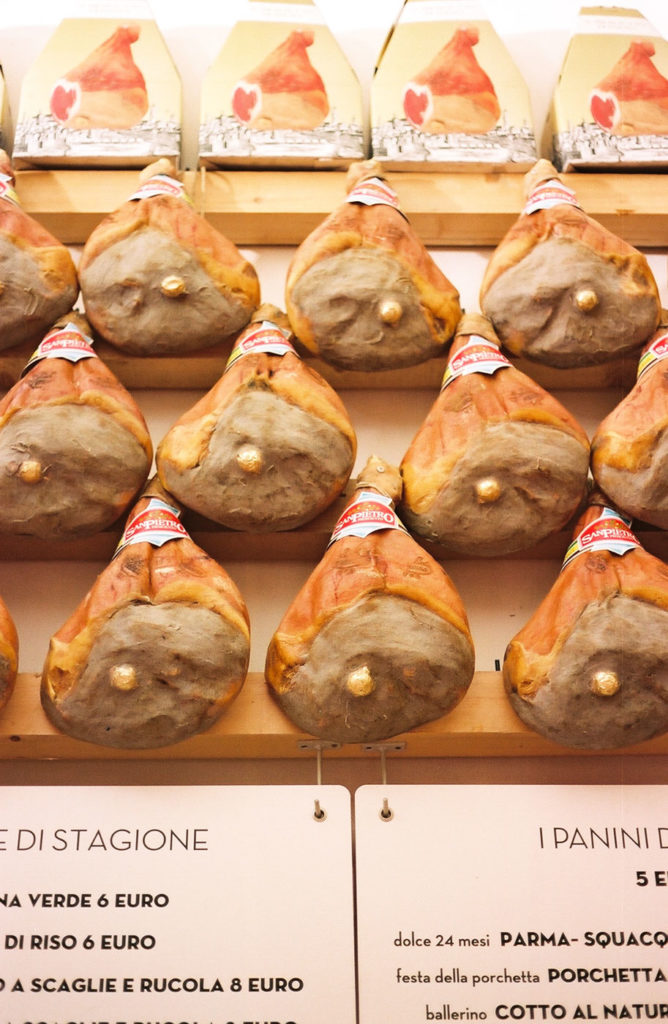
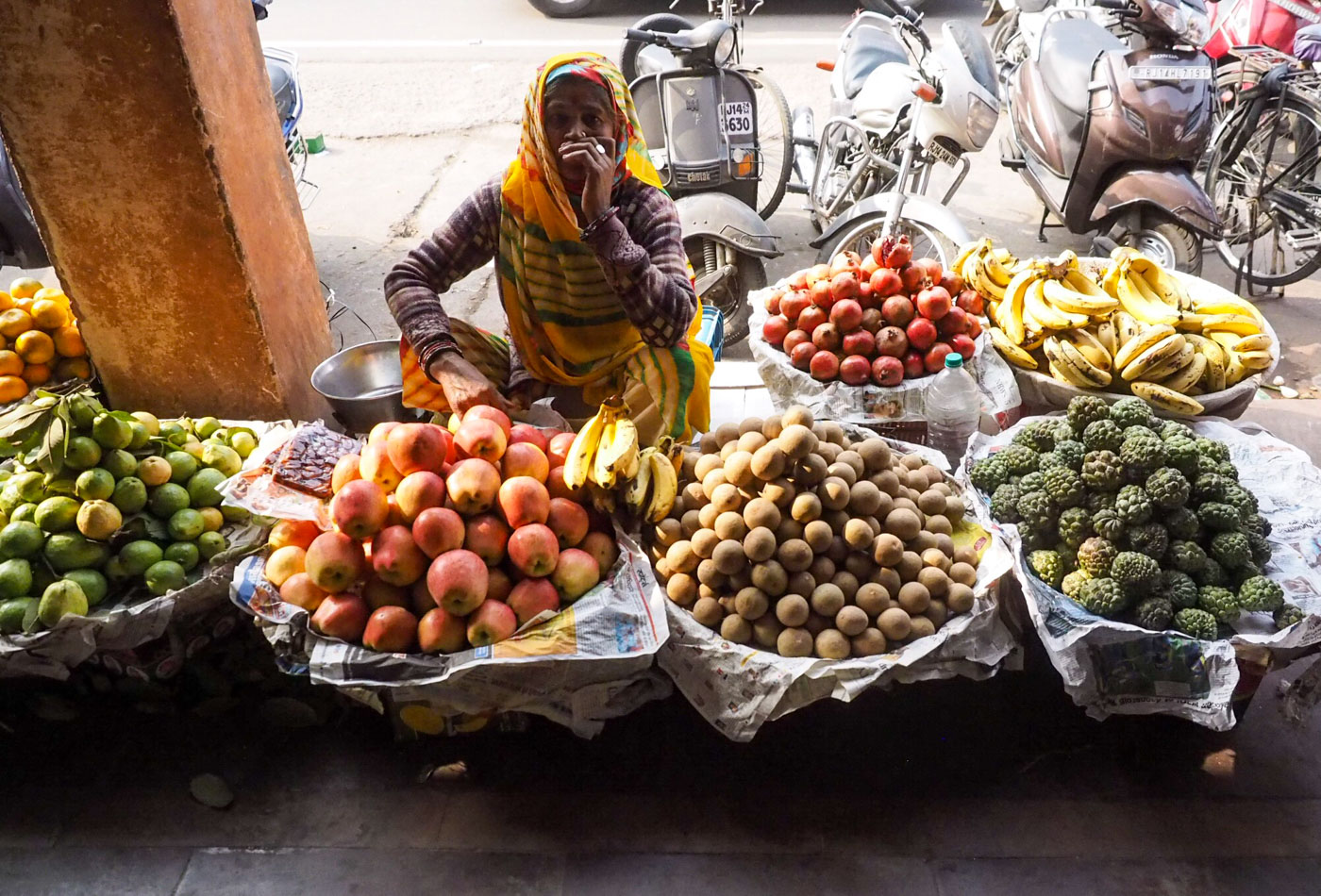
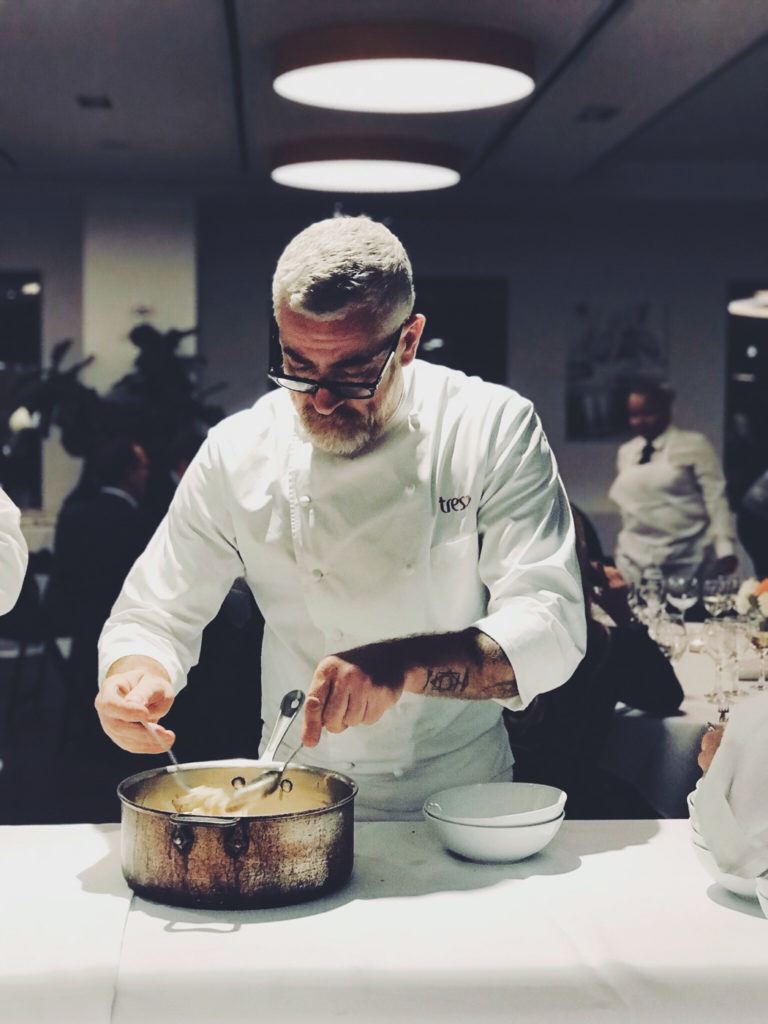
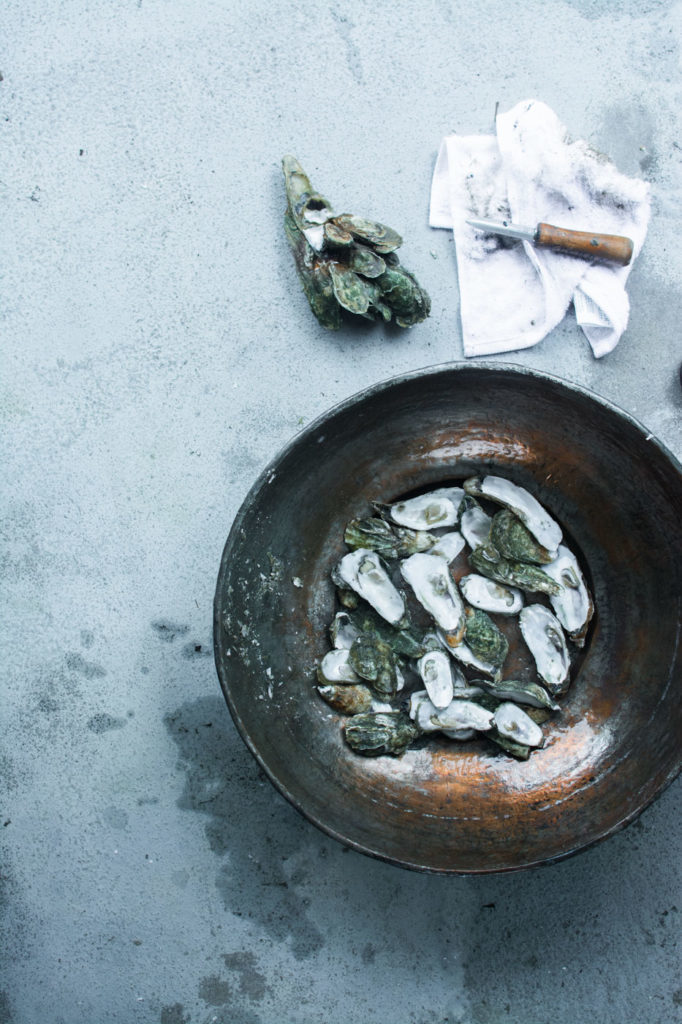
In the end, the question one must grapple with is: when and how do we actually experience the taste of terroir? Is it purely a “when in Rome” back-to-the-roots experience of dining on the very farm where the same produce has been grown for hundreds of years, or drinking “old vine” wine in caves just steps from the field? Or is it equally there in the plateau of a dozen oysters hailing from all over the globe, compared and contrasted for their regional specificities? Can it exist in products that are grown closer to restaurants but have never interacted with nature itself?
As our interconnected economies and societies continue to decrease the cultural distance between us, much can be gained from the exchange of ingredients, techniques and technologies. Yet as much as this diversity may offer us, we will always crave a sense of specificity, tradition and history. The story of terroir is one that is still unfolding, and it is as much a story of who we are as what we eat.







Our comments section is for members only.
Join today to gain exclusive access.